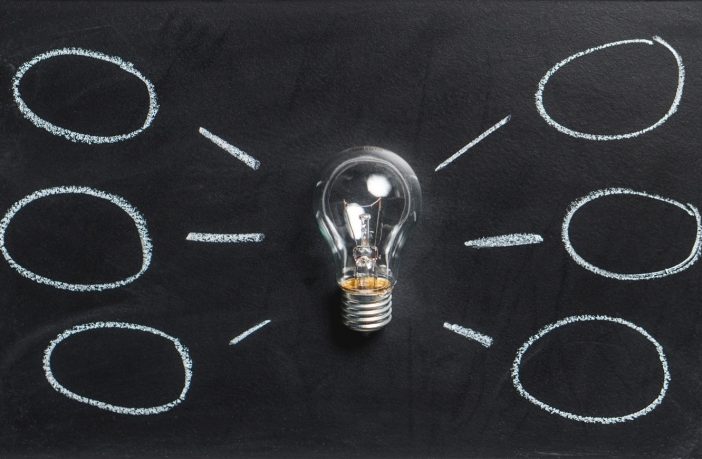- Grid instability and power outages are driving utility adoption of innovative blockchain, data analytics and internet of things technologies to enhance demand response capabilities.
- Blockchain technology can be used to create a secure and decentralised smart energy grid management ecosystem.
- Electric vehicles also included in the mix.
Blockchain technology is encouraging new models of demand response programmes, according to the latest study findings by Frost & Sullivan. The study, ‘Global Demand Response Market, Forecast to 2024’, notes that grid instability and power outages due to peaks in energy demand are driving utility adoption of innovative technologies to enhance demand response capabilities.
The technologies include blockchain, data analytics and internet of things.
Naren Pasupalati research analyst for energy & environment at Frost & Sullivan, said: “Blockchain technology will provide an innovative and disruptive approach to automated DR programmes, thereby creating a secure and decentralised smart energy grid management ecosystem.
“Additionally, blockchain-based DR solutions will significantly improve real-time event validation, financial settlements and secure energy contracts. It currently enjoys enthusiastic adoption in regions such as Europe and North America, where the energy sector employs it to meet the growing demand for transactive energy applications.”
In addition, increases in electric vehicles and the emergence of vehicle-to-grid functionality in Europe, has improved the impact of demand response programmes on grid reliability.
“As the EVs in operation increase, aggregators or DR service providers will have to plan and implement delayed charging. DR programmes rolled out by utilities will leverage price signals to incentivise electric car loads to respond to dynamic hourly as well as time-of-use prices, adds Naren.
“Such DR measures will aid significant cost savings by encouraging consumers to reduce peak loads.”
Key takeaways from the report include:
- Energy storage and V2G are anticipated to become key components of an integrated energy management system by the end of 2030.
- Partnerships between DR Software-as-a-Service (SaaS) providers and established utilities to take their products to the mass market.
- Partnerships among fleet service providers using EVs, utilities and curtailment service providers to increase the capacity of DR resources.
- A merger & acquisition (M&A) strategy, wherein larger players seek out firms with unique product portfolios to penetrate developing countries offering potentially higher returns and mitigated risks.
This article was originally published on ESI Africa and is republished with permission with minor editorial changes. Link to original















